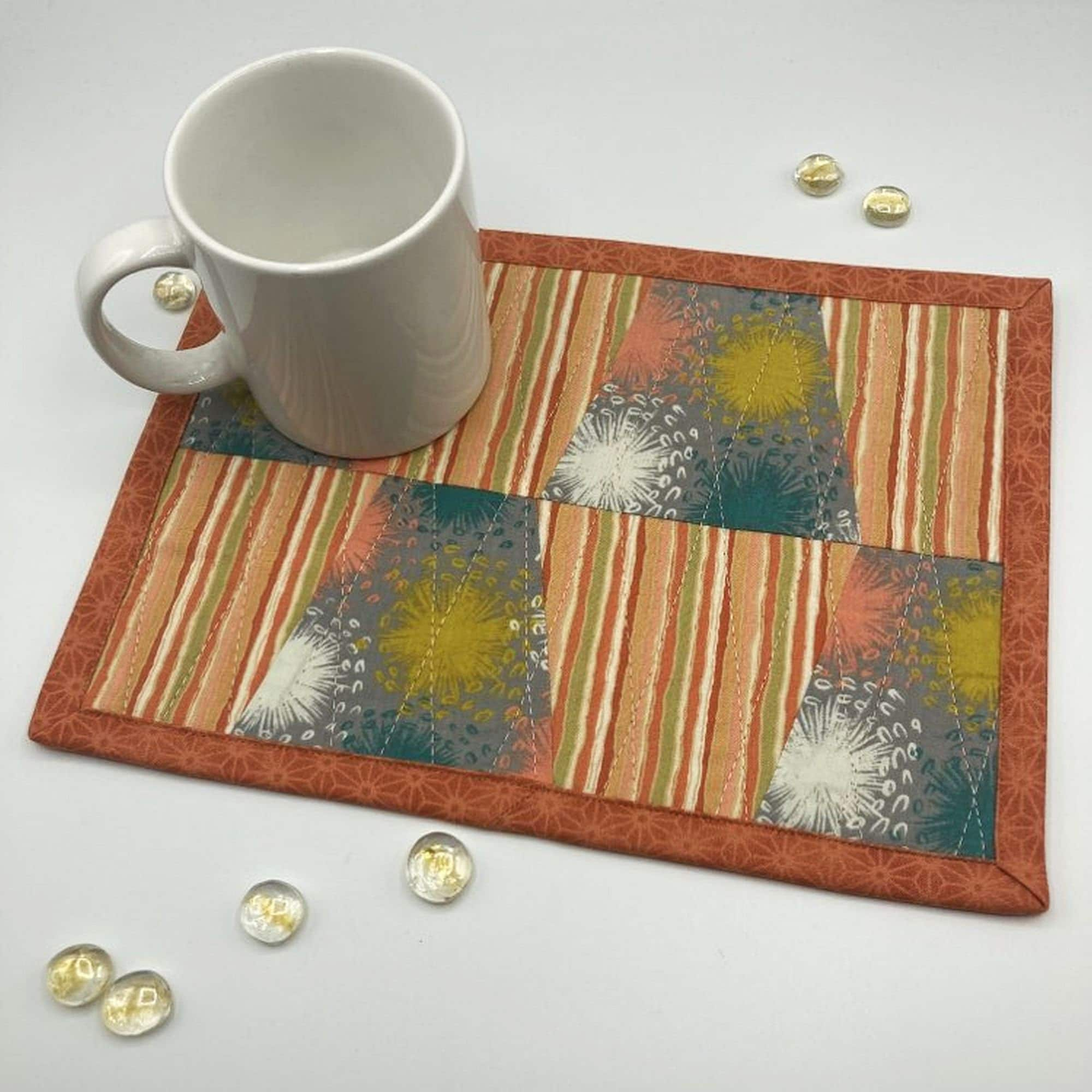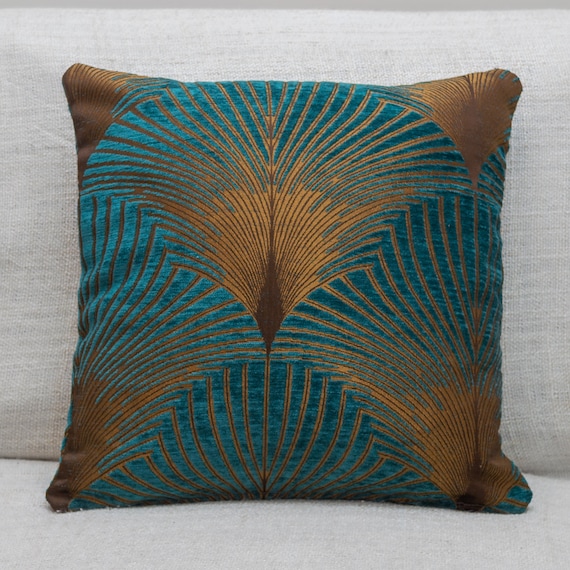See This Report about Top News Sites
See This Report about Top News Sites
Blog Article
The Definitive Guide to Unique Art
Table of ContentsGetting The Unique Art To WorkExamine This Report about Unique ArtThe Definitive Guide to Unique ArtUnique Art Things To Know Before You Get This
While one may discuss which art form holds precedence, the fact remains that each of these seven types provides an unique window into human background, culture, and development. They are the tapestries that chronicle our journey, advising us of our past while inspiring visions for the future.Wonderful artwork narrates, makes people look twice, and creates an one-of-a-kind experience that can't be matched. Art and illustrations connect every one of that with color, shape and various other layout aspects. Discover exactly how to make your unique art work stick out from the crowd.
3 Emil DervishIn this entrance by Emil Dervish that beautiful cobalt blue door steals the program. To bring even a lot more drama, he extended the paint. to the doorframe and the wall up, finishing in a curved form. The curves, in addition to a spherical sconce, soften the sides - Unique Art. Frames classic posters and maps of precious areas set the scene.
8 TRIA GIOVANEqual components grand and laidback, this entrance hall designed by Anthony Baratta is the best plan to adhere to if you're enhancing a formal entrance that still feels unfussy and comfy. Formed textiles take spotlight (see the carpetings and the couch), but they additionally aid bring the high ceilings down to a human scale when hung over wallpaper.
The Definitive Guide for Unique Art
18 Heidi Caillier DesignA gallery wall does not need to occupy the whole area. Occasionally a tiny one can make a larger design declaration. In this living-room, Hiedi Caillier decided for micro-mini frameworks and a random structure. Ad - Continue Reading Below19 Stephen Kent JohnsonDesigner Juan Carretero chose a deep green paint color to comparison with the light timber surfaces.
The elements of this languageits forms, lines, colours, tones, and texturesare utilized in numerous means to generate sensations of volume, area, activity, and light on a flat surface. These elements are integrated into expressive patterns in order to stand for genuine or superordinary sensations, to analyze a narrative motif, or to create completely abstract aesthetic relationships.
Later on the notion of the "fine artist" developed in Asia and Renaissance Europe. During the 19th century painters in Western societies began to shed their social setting and protected patronage.
Indicators on Unique Art You Should Know
Others made an income with exploring exhibitions of their work. The demand to appeal to an industry had changed the similar (if much less impersonal) demands of patronage, and its effect on the art itself was possibly comparable. Usually, musicians in the 20th century could get to a target market only with commercial galleries and public museums, although their work may have been periodically replicated in art periodicals
For the background of paint in old Egypt, see Egyptian art and design. The development of paint in various regions is treated in a variety of posts: Western painting; African art; Central Eastern arts; Chinese painting; Islamic arts; Japanese art; Oriental art; Indigenous American art; Nautical art and style; South Asian arts; Southeast Asian arts. For a discussion of the forgery of artworks, see bogus. For a discussion of the function of painting and various other arts in religion, along with of using religious signs in art, see religious meaning and iconography. For information her comment is here on various other arts associated with painting, see articles such as attracting; folk art; printmaking. , also when a painting's Look At This narrative importance is rare.
Do not duplicate the design of various other musicians if you're looking for your design. Copying other individuals's art work can be fantastic in instructional functions however it will not make you closer to finding your own one-of-a-kind style. Your imaginative design has to be, what you such as and what influences you.

An Unbiased View of Unique Art
You need to try great deals of various alternatives and check out everything prior to you can concentrate on one particular style or you'll be bored, or even worse, you'll hate your own style. I suggest you to attempt every solitary subject that you're interested in, explore as much as you can. Try various tools that delight you and brand-new methods you have actually never attempted before.
With time you'll have the ability to arrange all of them right into your favorite and the very least favorite groups. Try to concentrate your focus on the subjects and tools that you like and prior to you see it coming you'll have your own individual and unique style, like no person else have! In the end you'll have a couple of preferred topics to repaint and perhaps a couple of favored my explanation tools.

Report this page